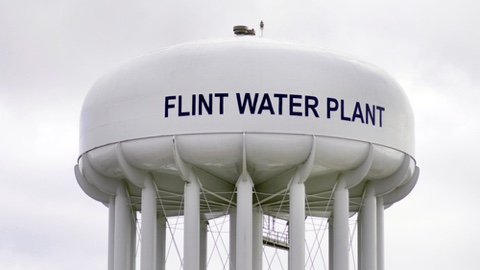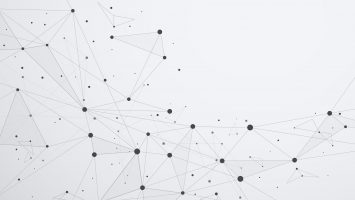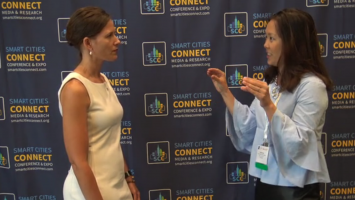
This week, conference attendees gathered in Chicago at WEFTEC, heralded as “the world’s largest annual water quality technical conference and exhibition.” Technology and water have a lot in common. Sure there are limitless analogies (puns if you want to go there) about streaming, data flow and waves of innovation.
But all kidding aside, it is clear that water and technology are both critical components to urban life and modern society. As one of the most precious resources on the planet, cities are acutely tuned to how to preserve, protect and efficiently monitor water. You only have to go as far as Flint, Michigan to see what can happen when those systems fail.
But here is where technology, and more specifically, connected technology can help. Following are a few of the solutions that are bubbling up in the smart water topic area.
- The EAGLEi automates data collection and enables remote monitoring over over secure cellular networks all accessible by individual devices (tablets, smartphones, laptops). The system provides real-time information and alerts on levels, flows, temperatures and more through a web-based portal and graphic dashboard.
- Schneider Electric offers a proactive solution to water network management through its Water Network Optimization. A system of virtual sensors provides transparency of the distribution network delivering real-time data to both alert of emergency issues and identify potential threats. Analytics tools enable simulations to prevent serious issues.
- Sensaphone’s Sentinel PRO is a cloud-based, 4G cellular system that provides 24/7 remote monitoring accessible by an iPhone/Android app or website. Changes such as tank levels, flow rates, pump status, turbidity, power supply and temperature, equipment malfunction and security breaches can be detected remotely and reported in real time with alerts delivered by phone, text or email.
These are just a few of the connected technologies that are rising to the surface and municipal leaders are taking notice. But technology doesn’t stop at the pipes. Measuring water quality at the source is also an important part of the bigger picture.
In Kansas City, the KC Water Bug provides residents with information about water quality in 12 area streams. The EPA and the United States Geological Survey are critical project partners to monitor bacteria and provide real-time information on specific sites. This is just one of more than 230 “green apps” available across the country to connect and inform on sustainable practices, many of them water related.
The subject of innovation and water runs deep. The EPA website lists events, including this weeks’ WEFTEC, along with resources and tools for education and collaboration. The Mayor’s Water Council is another group for local leaders to participate in a forum to share information on how technology can advance the delivery of municipal water services.
There are many more resources and subject matter experts on this critical topic and here’s where you, the reader, can dive in. What are some of the specific ways that city leaders are using technology to manage, monitor and engage residents on water quality and supply? What are some of the success stories and lessons learned?
Smart Cities Connect would like to profile some of the case studies available so please send brief overviews with 500-word abstract descriptions to editor@smartcitiesconnect.org. We would love to feature your stories so send us a line.


